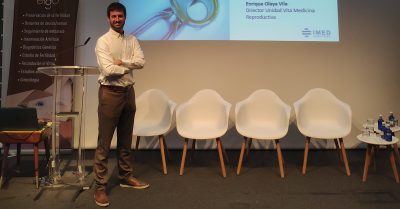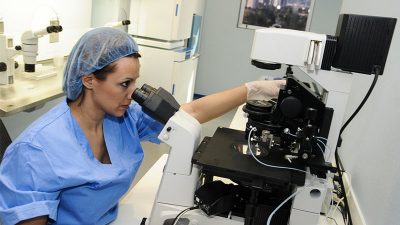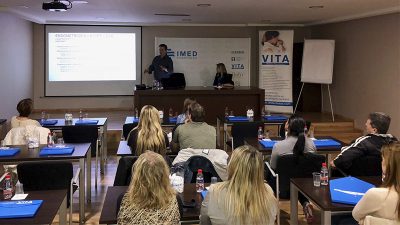Endometrial Receptivity Array (ERA) Test
The Endometrial Receptivity Array (ERA) Test makes it possible to detect and classify the endometrium as receptive or non-receptive, according to the pattern obtained in a fertile woman during the days of the implantation window. In this way, we can calculate the best time to transfer the embryos after an In Vitro Fertilisation.
What is the Endometrial Receptivity Array (ERA) test?
Within a natural ovulation cycle, the endometrium is most receptive for a few specific days after ovulation. This is known as the implantation window, and it is usually located between 19-21 days from the start of the last period (days 5-7 after ovulating). Through the endometrial receptivity array test, it is possible to determine this implantation window, performing an endometrial biopsy during the days that we think are the patient’s implantation window.
To carry out the analysis, an endometrial biopsy is performed during the days that we think are the patient’s implantation window. This is usually on day 21 of the menstrual cycle (receptive phase) or after 5 full days of Progesterone permeation in a hormone-regulated cycle (HRT).
The gynecologist will take a sample of the endometrial tissue and insert it into a “Cryotube” that allows the tissue sample to be preserved and taken to the laboratory for analysis. The expression of 238 genes involved in endometrial receptivity is analyzed to assess the stage the endometrium is at and to determine if the woman presents a genetic profile of endometrial receptivity at the time of the biopsy. The results of the test are available in approximately 20 days.
This test will indicate if:
- The endometrium is receptive: The implantation window is located on the day the biopsy was performed and the endometrium is receptive during those days. The transfer of the embryos will be done during those same optimal days for implantation, in a subsequent cycle.
- The endometrium is not receptive: The endometrium is not receptive during those days. In this case, the analysis may suggest performing a second biopsy by changing the day of sample collection to assess whether the implantation window could be displaced.
For whom is this test indicated?
The endometrial receptivity array test is indicated for
- Women with an apparently normal uterus and normal endometrial thickness, but who have had repeated implantation failures.




